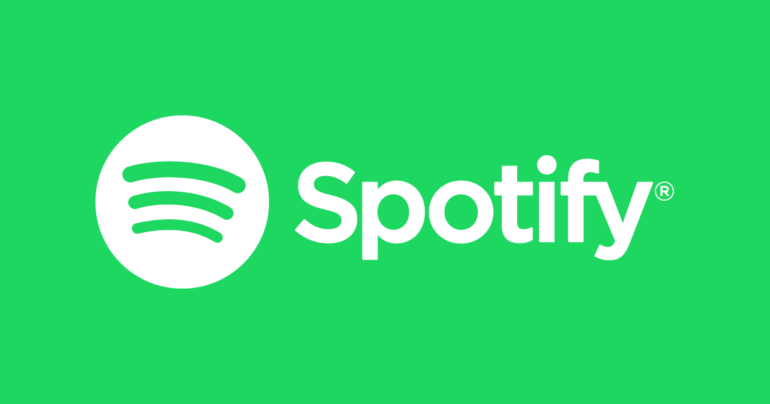

Musicbusinessworldwide.com had reported that major changes were coming to Spotify‘s royalty model in 2024 and the most controversial part about the shift is that there will be a new minimum annual threshold for streams before a track starts generating royalties on the music streaming platform. The news was first mentioned from the President of the distribution platform Stem, Kristin Graziani, published on Thursday November 2. Music Business Worldwide has reportedly confirmed with sources close to conversations between Spotify and music rights holders that 1,000 streams will be the minimum yearly play count volume that each track on the service has to hit in order to start generating royalties from Q1 2024.
Also MBW has reconfirmed that Spotify’s behind the scenes line on this to record labels and distributors right now. The move is “designed to [demonetize] a population of tracks that today, on average, earn less than five cents per month.” Five cents in recorded music royalties on Spotify in the US today can be generated by around 200 plays.
As reported last month by MBW, Spotify believes that the move will demonetize a portion of tracks that previously absorbed 0.5 percent of the service’s “Stream share” royalty pool. Spotify has told the industry players that they expect the new 1,000 play minimum annual threshold will reallocate tens of millions of dollars per year from that 0.5 percent to the other 99.5 percent of the royalty pool.
In 2024 Spotify expects this will move $40 million that would have previously been paid to tracks with fewer than 1,000 streams to those with more than 1,000 streams. In the following statement one source close to the conversations between Spotify and music rights holders MBW that “This targets those royalty payouts whose value is being destroyed by being turned into fractional payments. Often, these micro-payments aren’t even reaching human beings; aggregators frequently require a minimum level of [paid-out streaming royalties] before they allow indie artists to withdraw the money. We’re talking about tracks [whose royalties] aren’t hitting those minimum levels, leaving their Spotify royalty payouts sitting idle in bank accounts.”
